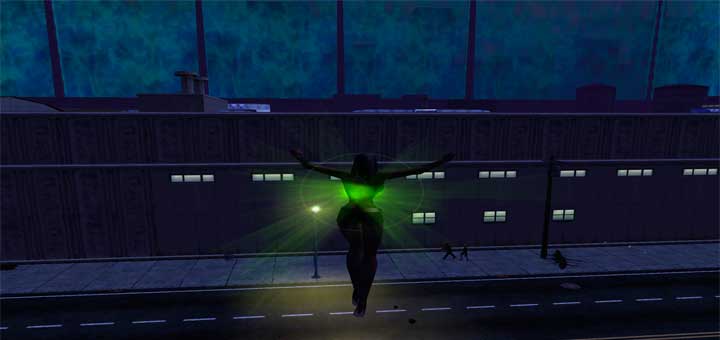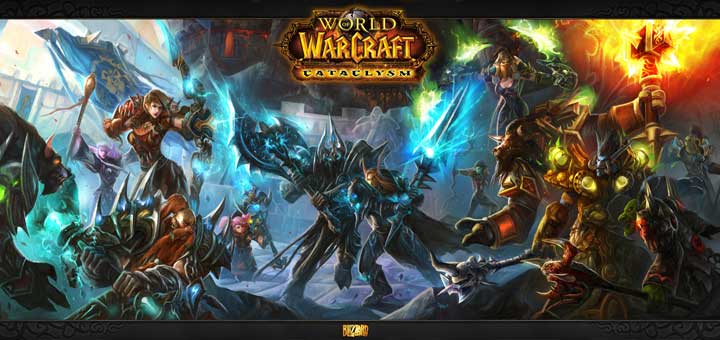Continuing from the last entry about not being a copycat, let’s talk about the second problem with being a copycat: misinterpretation.
Since Mike Arrington came up in the comments of the previous discussion, let’s use Mike as an example. He is considered “big” in the Web 2.0 arena so it is very natural that someone wanting to start a site in this niche would look at his site as an example of perhaps a minimal standard of what is needed on a Web 2.0 site. TechCrunch has links in the top navigation area, content on the left side, and links on the right. Very common set up. Now let’s look at it a bit closer.
Top Navigation: With the exception of the FeedBurner badge showing how many subscribers he has, all the of links point to TechCrunch or one of his other sites.
Content – Easy to follow (with graphics) entries.
Sidebar – Ads and more links. Some links are to his other sites that do not fit on the top navigation bar. There are links for his advertisers which are outbound links. The other outbound links are to his hosting company, the company that optimized his site and a counter that displays how many people are online at a time.
Let’s look at another example – Engadget. By far a dominating site in the technology niche. Their layout is somewhat similar. They do not have top navigation but the content (with graphics) is on the left, links on the right.
The copycat looks at these sites and thinks: Cool, links at the top, content on the left, sidebar with links. They might decide to be creative and put sidebar on the left, content on the right. This is when the copycat makes a mistake trying to be big when he/she is not.
Look at the links.
On both sites the links in the sidebar are advertisers, links to other content in their network (or other sites they own), links on how to subscribe to their site and their partners. Let me be blunt: the only way a different outbound link gets on their site is if they write an entry. They do not have a bunch of outgoing links on their sidebar.
The copycat thinks “links” but doesn’t have a network, doesn’t have advertisers and no real way to fill the sidebar. What do they do instead? Fill it with stuff they DO have – their Facebook, Twitter, Google+, Flickr, etc. profiles. They successfully fill up the sidebar. There is just one problem.
There are more outbound links to draw people away from the site than reason to keep them there. Mike has a Twitter profile that he keeps up to date and has a large following. So does Engadget. Do they link to it on their sites? No. Mike will link to things to test it out but they don’t stay long. Why?
Because the “big” site makes people pay to get those outgoing links with the exception of those linked in their entries and they are picky about who they link to. The copycat encourages their readers to leave, the “big” person understand the value in them staying.
If you are one to watch traffic, are you inviting people to leave your site?





